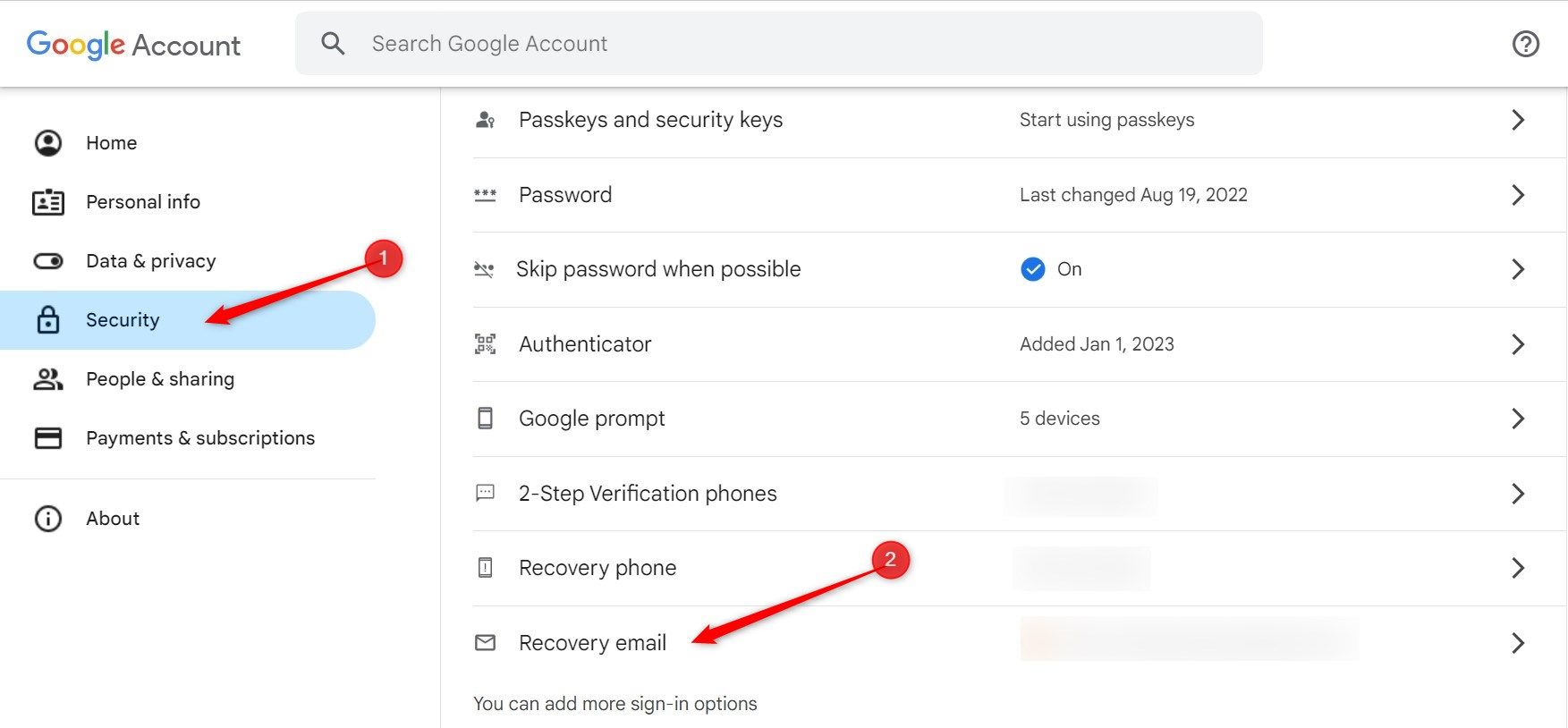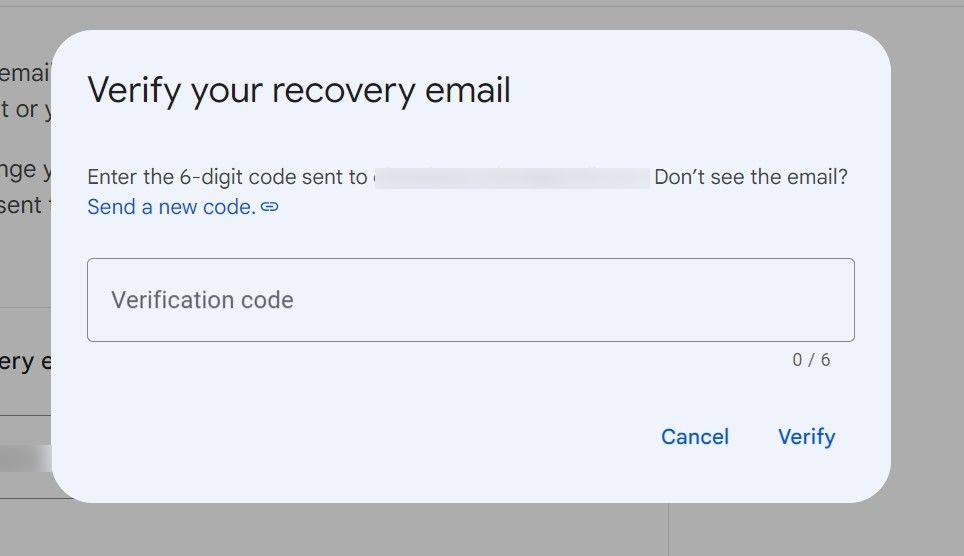Quick Links
Key Takeaways
- A recovery email is crucial for regaining access to your main email account if you forget your password.
- Set up your recovery email using secure providers like ProtonMail, use strong unique passwords, and enable two-factor authentication.
- Keep the recovery email private, check it regularly, and access it from a separate device for added security.
Have you ever forgotten your password or been locked out of your email account? It’s a super frustrating situation to be in. This is where having a recovery email set up can be a real lifesaver.
What Is a Recovery Email, and Why Is It So Important?
A recovery email is a backup method for accessing your primary email account should you become locked out, forget your password, or if a hacker or other malicious actors gains control.
Losing access to your main inbox is never ideal, but a linked recovery address ensures you can reset credentials and sign back in. It also means any security alerts about your account end up in a second location, keeping you notified of potential issues.
Some providers additionally leverage the recovery email during the verification of important updates. When making substantial changes to settings, they may send a confirmation message to this secondary inbox for safety.
How to Set Up a Recovery Email
When it comes to setting up a backup email for account recovery, there are a few different options to choose from. You could create a new email with a different provider than your main one, like using Gmail as your everyday address and Outlook as your recovery. Or, if you’ve already got another address from your primary email provider hanging around, you can use that. You may also want to consider making a dedicated recovery email with security-focused email providers like ProtonMail or Tutanota. Another approach is using a custom domain email, which gives you more control over your email setup.
To set up a recovery email, you’ll typically need to navigate to your email account’s security settings and add the alternate address in the designated field. For example, in Gmail, you can find the recovery email field under your account’sSecurity page.
Once you add a recovery email, Gmail will send a verification code to that recovery email. Keep an eye out on your inbox for a message with a six-digit code. Copy and paste that code into the verification box and click “Verify” to confirm you own both addresses.
When selecting an email for account recovery purposes, making sure it’s secure should be top priority. It’s super important to use a unique, very strong password for this recovery email that’s different from any others you use. Make sure to enable two-factor authentication if your email provider offers it. I wouldn’t recommend using any obvious personal details in the email address itself, like your birthday or full name.
Keep the recovery email pretty private—don’t use it for your regular emails or random site signups. Also, check in on it regularly to ensure the account stays active and accessible in an emergency. One more thing—you may want to access that recovery email from a separate device or browser than your main one, just to add another layer of separation between the two accounts.






![How to upgrade the M4 Mac mini SSD and save hundreds [Video]](https://techtelegraph.co.uk/wp-content/uploads/2025/05/M4-Mac-mini-SSD-Upgrade-Tutorial-2TB-218x150.jpg)